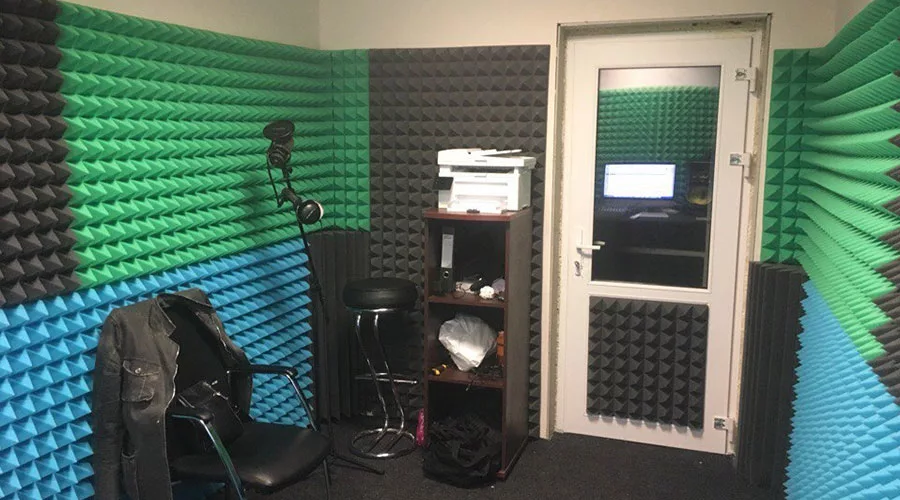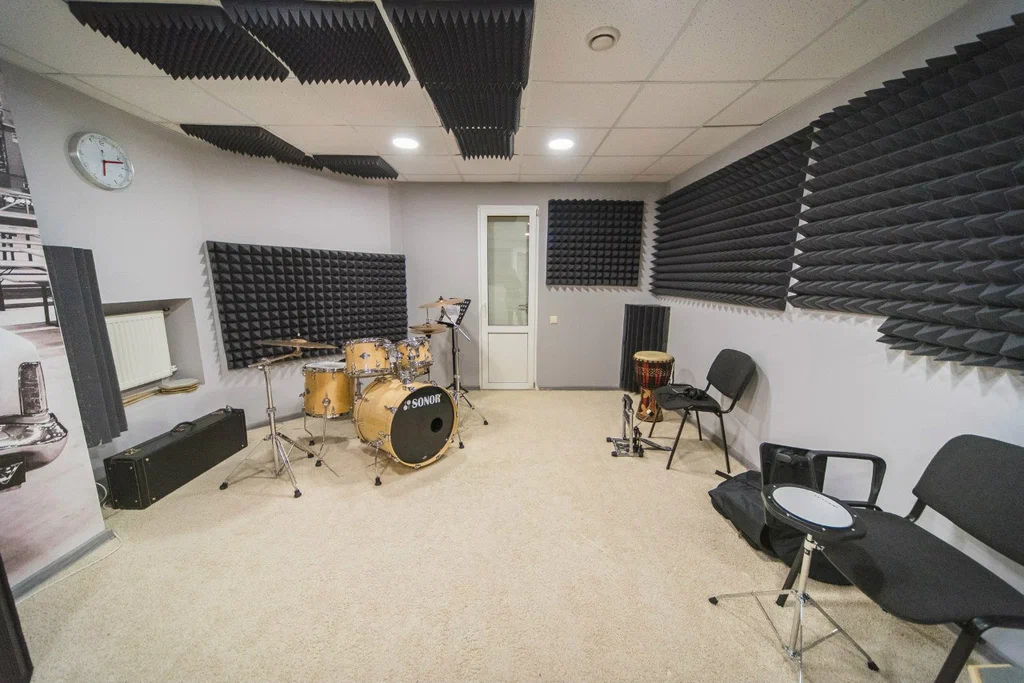In the quest for peace and quiet, soundproof panels have become a go-to solution for homeowners, businesses, and industries alike. These panels effectively reduce noise levels, enhance acoustic quality, and create tranquil spaces. However, the effectiveness of these panels greatly depends on proper installation. By following best practices, you can maximise their potential and enjoy a noise-free environment.

What Are Soundproof Panels?
Soundproof panels are specially designed to block, absorb, and dampen sound waves. They are widely used in spaces where noise control is crucial, such as:
- Homes (for home theatres, bedrooms, or music rooms)
- Offices (for meeting rooms or coworking spaces)
- Commercial facilities (like recording studios and conference halls)
- Made from high-density materials such as foam, fibreglass, or composite layers, these panels minimise noise transmission and prevent sound from bouncing off hard surfaces.
Why Proper Installation Matters?
Even the highest-quality soundproof panels can fail to deliver the desired results if installed incorrectly. Improper placement or technique can lead to sound leaks, reduced effectiveness, and even wasted investment. To ensure optimal performance, it’s essential to follow proven installation practices.
Best Practices for Installing Soundproof Panels
1. Assess the Room’s Acoustic Needs
- Begin by identifying the main sources of noise and areas where soundproofing is most needed.
- Use tools like sound meters to measure noise levels and pinpoint problem areas.
2. Choose the Right Type of Panels
- Absorption Panels: Ideal for reducing echoes and reverberation.
- Barrier Panels: Designed to block external noise.
- Hybrid Panels: Combine both properties for comprehensive noise control.
3. Prepare the Surface
- Ensure walls are clean, dry, and smooth before installation.
- Patch any holes or cracks that could allow sound to pass through.
4. Plan Strategic Placement
- Position panels on walls where noise reflects the most, such as behind speakers or opposite noisy equipment.
- Consider ceiling-mounted panels for high-ceiling spaces to reduce vertical sound travel.
- For maximum effectiveness, cover at least 15-20% of the room’s surface area.
5. Use Proper Mounting Techniques
- Use adhesive strips, brackets, or clips specifically designed for soundproof panels.
- Avoid using nails or screws directly on the panels, as this can damage the material and reduce effectiveness.
6. Seal Gaps and Edges
- Gaps around panels can allow sound to leak through. Use acoustic sealants or foam tape to close these gaps.
- Ensure panels are snugly fitted against walls or ceilings.
7. Test and Adjust
- After installation, test the room’s acoustics by playing sounds or using a sound meter.
- Adjust the panel placement if certain areas still experience excessive noise or echo.
Common Mistakes to Avoid
- Overloading Panels: Covering every inch of the wall is unnecessary and can make the space feel claustrophobic.
- Ignoring Corners: Sound often accumulates in corners, making them crucial spots for panel placement.
- Neglecting Maintenance: Over time, panels may gather dust or wear down. Regular cleaning and inspection can extend their lifespan.
Conclusion
Installing soundproof panels is an effective way to enhance acoustic quality and reduce unwanted noise. By following these best practices, you can create a serene and functional environment, whether at home, in the workplace, or in commercial settings.
Reach out to Perfect Acoustics Dubai to explore our range of soundproofing solutions and transform your space into a haven of peace and productivity.


